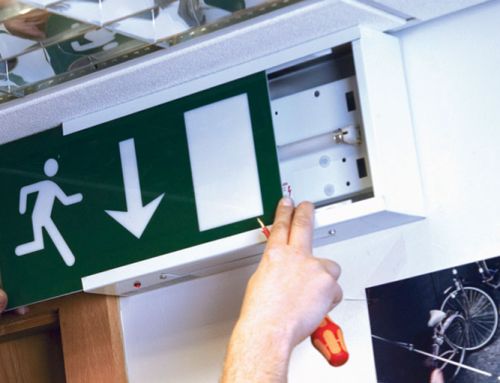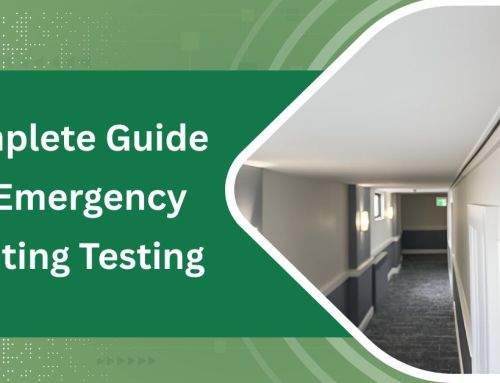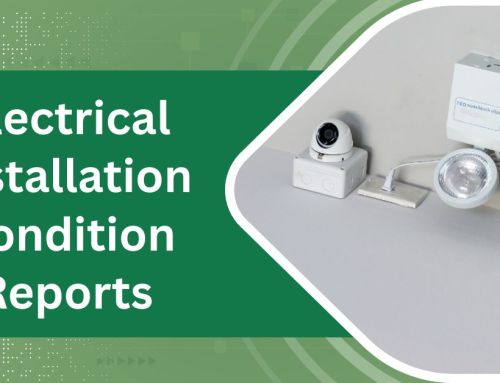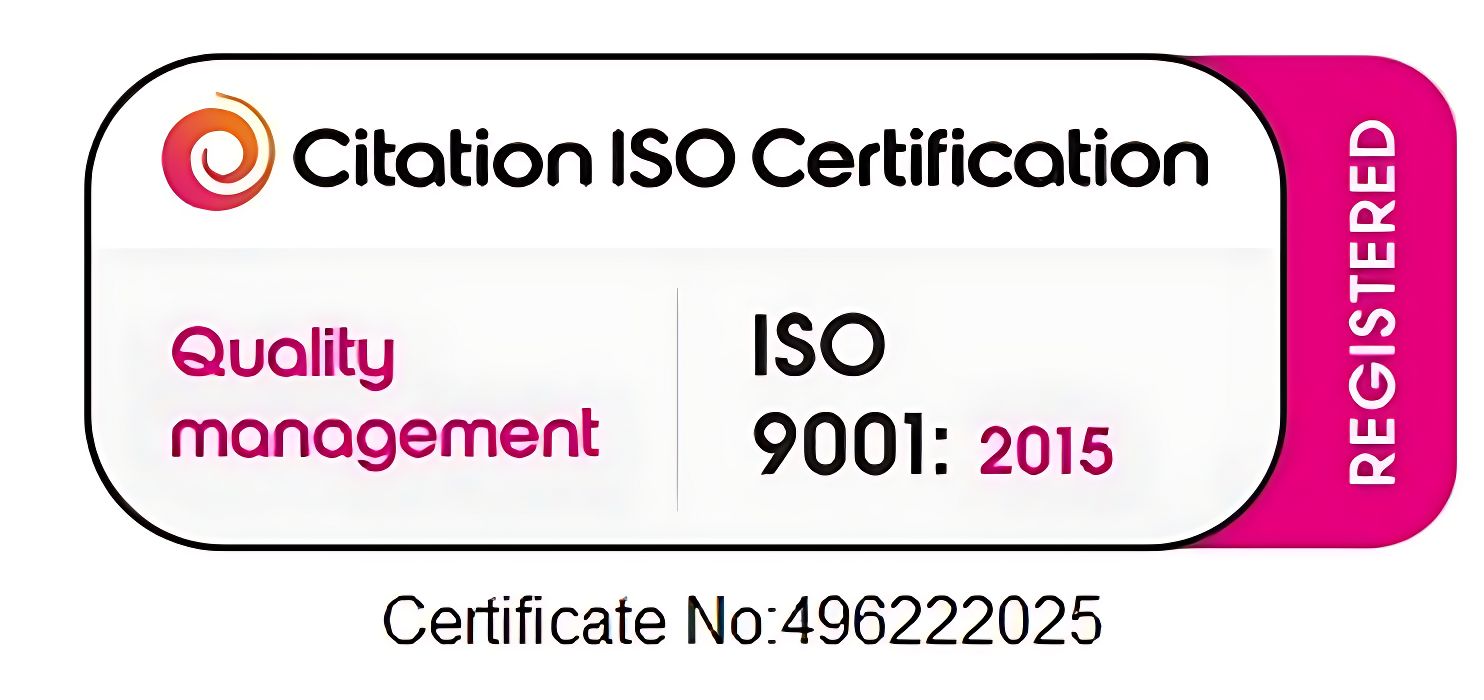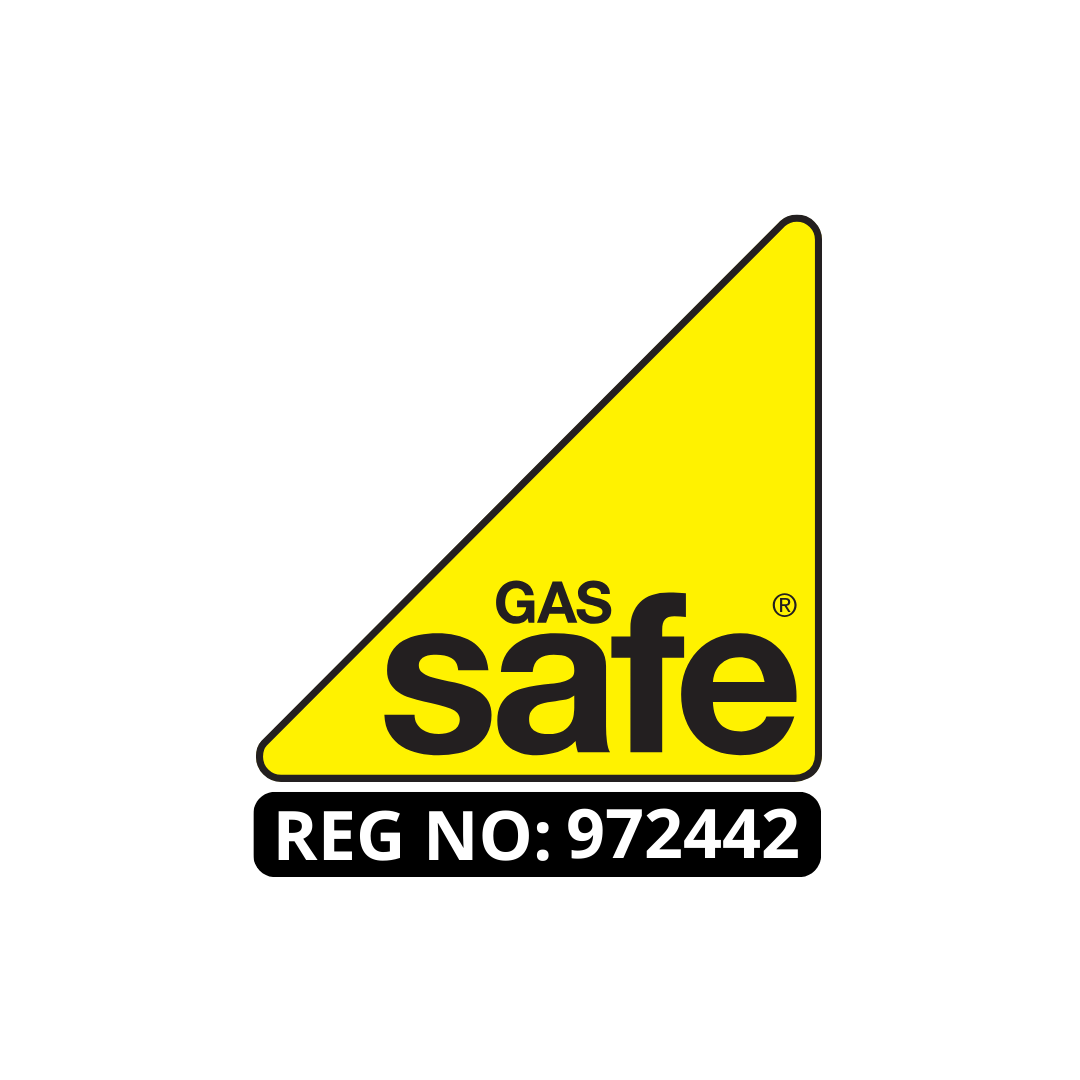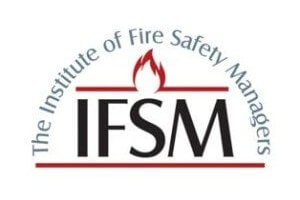
In the UK, understanding the nuances of the Emergency Lighting Test Certificate is essential for property owners and landlords. This certification not only guarantees compliance with safety regulations but also plays a significant role in protecting occupants during emergencies. With evolving standards expected in 2025, property owners must remain vigilant. What specific steps should be taken to secure this certificate? The following sections will clarify fundamental requirements and processes.
Key Takeaways
- Emergency lighting test certificates verify compliance and functionality of emergency lighting systems, crucial for safety during power outages.
- Property owners must maintain certified emergency lighting, with inspections recommended at least annually to ensure effectiveness.
- Legal compliance is mandatory; businesses face fines for failing to meet emergency lighting regulations and documentation standards.
- Regular testing, performed by qualified engineers, is essential to identify deficiencies and ensure systems meet current safety codes.
- Accurate records of all emergency lighting tests and maintenance enhance accountability and support safety assurance for occupants and property owners.
What Is an Emergency Lighting Test Certificate?
An Emergency Lighting Test Certificate serves as an essential document that verifies the functionality and compliance of emergency lighting systems within a building. This certificate confirms that the emergency lights are operational, capable of guiding occupants safely during power outages or emergencies.
It outlines the testing procedures conducted, ensuring that the systems meet regulatory standards essential for both safety and legal compliance.
In addition, the certificate indicates the frequency of inspections and maintenance performed, reflecting a commitment to upholding safety standards. Property owners and managers who possess this certification demonstrate a proactive approach to safeguarding the well-being of occupants, thereby fostering a sense of freedom and security in their environments.
Moreover, the presence of a valid Emergency Lighting Test can enhance the value of a property, providing peace of mind for prospective tenants or buyers who prioritize safety in their living or working spaces.
Why an Emergency Lighting Test Is Essential for Safety
Emergency Lighting Test Certificates play an essential role in maintaining safety standards within buildings. These certificates guarantee that emergency lighting systems are functional and reliable, providing necessary illumination during power failures or emergencies. Without proper certification, a property can pose risks to occupants, potentially leading to confusion and injury.
The following table outlines key reasons why an Emergency Lighting Test Certificate is critical:
| Reason | Importance |
|---|---|
| Compliance with Regulations | Guarantees adherence to safety laws |
| Risk Mitigation | Reduces hazards during emergencies |
| Assurance of Functionality | Confirms lights work effectively |
| Peace of Mind | Provides confidence to occupants and owners |
Who Needs an Emergency Lighting Test Certificate in the UK?
Primarily, property owners and landlords are responsible for ensuring the safety of their tenants and visitors. This includes residential buildings, commercial properties, and public spaces, where emergency lighting systems are mandated by law.
Employers are also obligated to maintain certified emergency lighting in workplaces, safeguarding their employees’ well-being.
Additionally, local authorities may require safety certificates for public buildings, ensuring compliance with fire safety regulations.
Significantly, any establishment that accommodates large gatherings, such as theaters or event venues, must have a valid emergency lighting test certificate to facilitate swift evacuation during emergencies.
Ultimately, the responsibility rests on those managing properties or facilities, emphasizing the importance of proactive measures in securing a safe environment for all.
Freedom from harm is paramount, and obtaining an Emergency Lighting Test Certificate is an essential step towards achieving that goal.
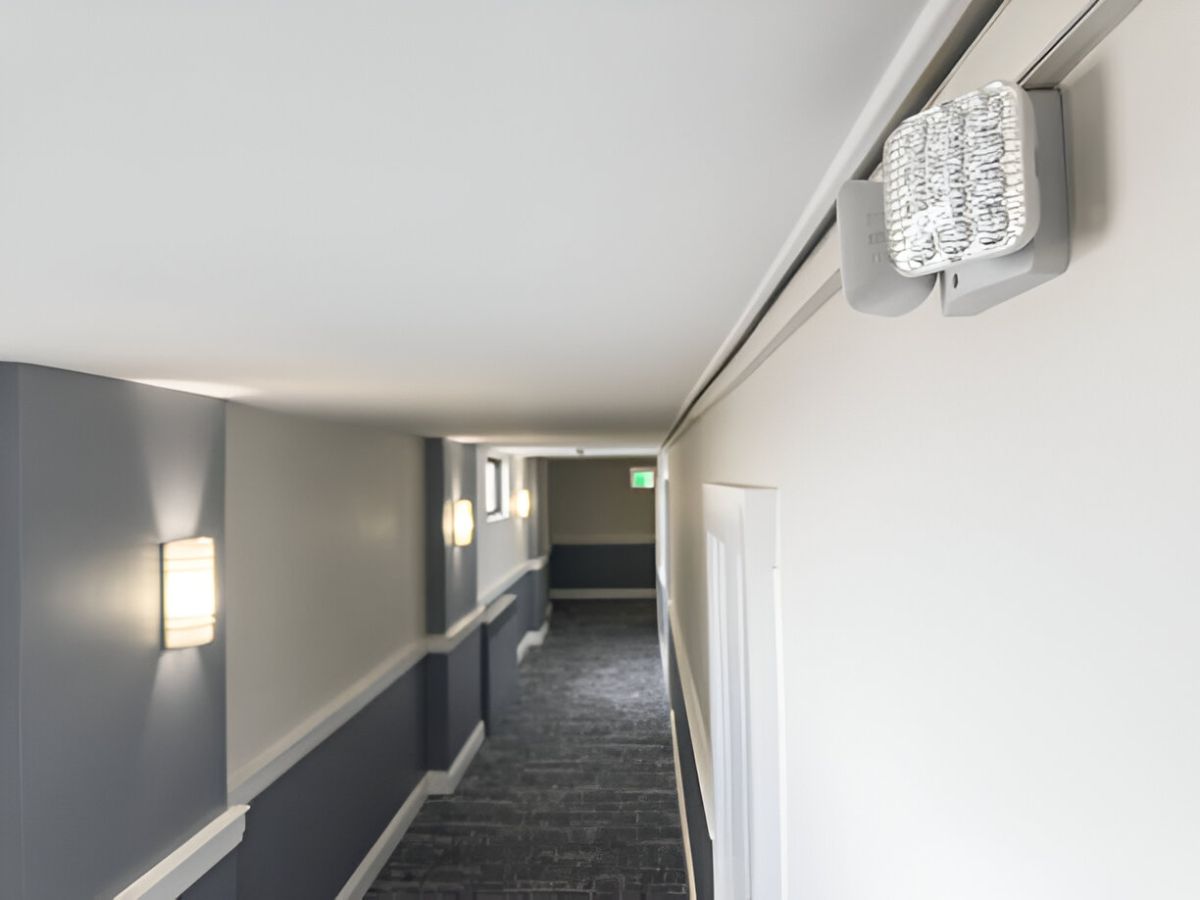
How Often Should You Renew an Emergency Lighting Test?
Renewal of an Emergency Lighting Test Certificate is an essential aspect of maintaining safety standards in any property.
In the UK, it is recommended that these certificates be renewed at least every year. This annual renewal guarantees that emergency lighting systems are functioning effectively, providing a reliable source of illumination during unforeseen circumstances.
Property owners and managers should remain vigilant, as the need for renewal may also coincide with significant changes, such as renovations or alterations to the building layout.
Regular inspections and tests of the emergency lighting system can help identify any deficiencies that need addressing.
Additionally, while the minimum requirement is annual renewal, some properties may benefit from more frequent evaluations, especially those with higher occupancy or specific safety concerns.
Ultimately, staying proactive about certification renewals fosters an environment of safety and security, allowing occupants the freedom to navigate their spaces with confidence.
Emergency Lighting Test Certificate Requirements for Businesses
Maintaining compliance with emergency lighting test certificate requirements is essential for businesses to guarantee the safety of employees and customers. These requirements verify that emergency lighting systems function correctly during power failures, allowing safe evacuation. Businesses should conduct regular inspections and tests, confirming that their systems adhere to the latest standards.
| Requirement | Description |
|---|---|
| Regular Testing | Conduct functional tests every six months. |
| Maintenance Records | Keep detailed records of inspections and repairs. |
| Compliance with Standards | Follow the latest British Standards (BS 5266). |
The Legal Side: Compliance and Emergency Lighting Test
Compliance with emergency lighting test certificate requirements is not merely a matter of best practice; it is a legal obligation for businesses.
Failure to adhere to these regulations can result in severe penalties, including fines and potential closure. Understanding the legal framework surrounding emergency lighting is essential for property owners who value both safety and freedom from legal repercussions.
Key aspects of compliance include:
- Regulatory Framework: Familiarity with the Health and Safety at Work Act and the Regulatory Reform (Fire Safety) Order.
- Regular Testing: Ensuring emergency lighting systems are tested and maintained regularly to meet standards.
- Documentation: Keeping accurate records of tests and maintenance to demonstrate compliance during inspections.
What’s Included in an Emergency Lighting Test?
An emergency lighting test serves as an important document that outlines the results of inspections and assessments conducted on emergency lighting systems. It typically includes crucial information such as the location and type of the emergency lighting installed, the date of the assessment, and the identity of the inspecting technician.
Moreover, the certificate details the performance outcomes of the emergency lights, including duration tests to verify they illuminate for the required time during a power failure. Any deficiencies identified during the inspection are documented, along with recommendations for necessary repairs or upgrades.
Additionally, the certificate may provide evidence of compliance with relevant safety regulations, reinforcing the commitment to maintaining a safe environment.
Emergency Lighting Test for Landlords and Property Managers
While guaranteeing the safety of tenants and guests, landlords and property managers must prioritize obtaining an emergency lighting test certificate. This certificate not only guarantees compliance with legal requirements but also enhances the overall safety of the property.
Key reasons landlords and property managers should consider include:
- Legal Compliance: Adhering to safety regulations protects against potential fines or legal issues.
- Tenant Confidence: A well-lit emergency exit instills trust, showing tenants that their safety is a priority.
- Property Value: Proper safety measures can enhance the appeal and value of the property in the rental market.
In a landscape where tenant rights and safety are paramount, acquiring an emergency lighting test certificate is an essential step. It embodies a commitment to a secure living environment, fostering a sense of freedom and assurance for all who reside or visit the property.
How to Obtain a Valid Emergency Lighting Test
Obtaining a valid emergency lighting test certificate involves a systematic approach to guarantee that all safety standards are met.
First, property owners must conduct a thorough assessment of the existing emergency lighting systems, confirming they are compliant with current regulations. This includes checking the placement, functionality, and duration of the lights in emergencies.
Following this assessment, it is essential to perform regular testing, typically every six months, to verify that the systems operate effectively.
Documentation is vital; property owners should maintain detailed records of all tests and any necessary repairs.
Once the systems have been evaluated and tested, they can seek a qualified engineer to conduct a final inspection. This professional will determine compliance and issue the certificate if standards are met.
With the certificate in hand, property owners can guarantee the safety of their tenants while demonstrating their commitment to maintaining a secure environment.
The Role of Qualified Engineers in Issuing an Emergency Lighting Test Certificate
Qualified engineers play an essential role in the issuance of an emergency lighting test by guaranteeing that all systems meet regulatory standards.
Their expertise assures that properties not only comply with legal requirements but also provide a safe environment for occupants. This is vital in maintaining the integrity of emergency lighting systems.
Key responsibilities of qualified engineers include:
- Thorough Inspections: Conducting detailed assessments of emergency lighting fixtures to confirm functionality and reliability.
- Regulatory Compliance: Staying updated with the latest regulations and standards to make sure all installations adhere to safety codes.
- Documentation: Preparing accurate and extensive test certificates that validate the system’s performance and compliance.
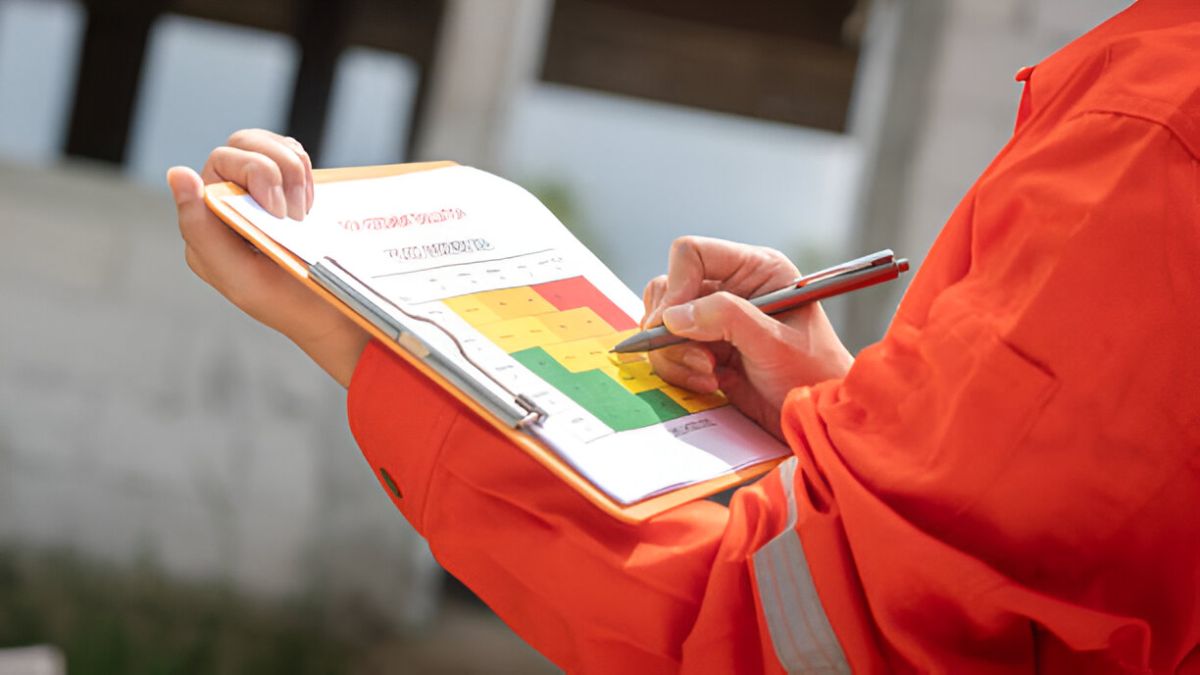
The Role of Qualified Engineers in Issuing an Emergency Lighting Test Certificate
Engineers play a pivotal role in the issuance of emergency lighting tests, as their expertise guarantees that all systems function correctly and meet established safety standards. They are responsible for conducting thorough inspections and tests, evaluating lighting performance under emergency conditions, and verifying compliance with regulatory requirements.
Qualified engineers possess the technical knowledge to identify potential issues, recommend improvements, and implement solutions that enhance safety. Additionally, their involvement fosters confidence among property owners and occupants, promoting a sense of security in emergencies.
By adhering to industry best practices and utilizing advanced technology, engineers ensure that emergency lighting systems are reliable and effective. The test certificates they issue serve as official documentation, confirming that a property’s emergency lighting is safe and operational.
Ultimately, the contributions of qualified engineers are essential in creating environments where individuals can move freely, knowing that safety measures are in place.
Emergency Lighting Test for Commercial vs. Residential Properties
While both commercial and residential properties require emergency lighting test to confirm safety, the specific requirements and complexities often differ considerably between the two.
Commercial properties, with their larger occupancy and intricate layouts, necessitate rigorous testing protocols. In contrast, residential properties typically have simpler standards.
Key differences include:
- Occupancy Levels: Commercial spaces must accommodate higher numbers of people, leading to more extensive testing requirements.
- Regulatory Compliance: Commercial properties must adhere to stricter regulations and guidelines, reflecting their increased risk factors.
- Maintenance Obligations: Regular inspections are mandated for commercial properties, while residential properties may have more lenient maintenance schedules.
Understanding these distinctions empowers property owners to guarantee compliance and prioritize safety, fostering an environment of freedom and security for all occupants.
Frequently Asked Questions
Obtaining an emergency lighting test certificate typically incurs costs such as inspection fees, service charges for any required repairs, and potential administrative fees. Overall expenses can vary considerably based on property size and service provider.
Typically, after the inspection, it takes about one to two weeks for the test certificate to be issued. However, delays may occur depending on the inspection company and any required corrections identified during the assessment.
Some small businesses may be exempt from certain emergency lighting regulations, depending on specific criteria such as building size and usage. However, compliance with safety standards is generally encouraged to guarantee the safety of occupants.
Performing the emergency lighting test independently is possible, provided one possesses adequate knowledge and understanding of regulations. However, seeking professional assistance guarantees compliance and reliability, ultimately safeguarding safety in emergency situations for all occupants.
If a property fails the emergency lighting test, necessary repairs and upgrades must be conducted to guarantee compliance. Failure to address issues may result in safety hazards, legal penalties, and increased risks during emergencies.
Conclusion
To summarize, the “Emergency Lighting Test Certificate: A Complete Guide for UK Properties in 2025″ underscores the crucial role of compliance in ensuring safety for occupants. By understanding the legal requirements and maintaining regular inspections, property owners can effectively safeguard their premises against emergencies. Engaging qualified engineers for proper certification not only enhances the reliability of emergency lighting systems but also fosters a culture of safety, ultimately offering peace of mind for both landlords and tenants alike.


